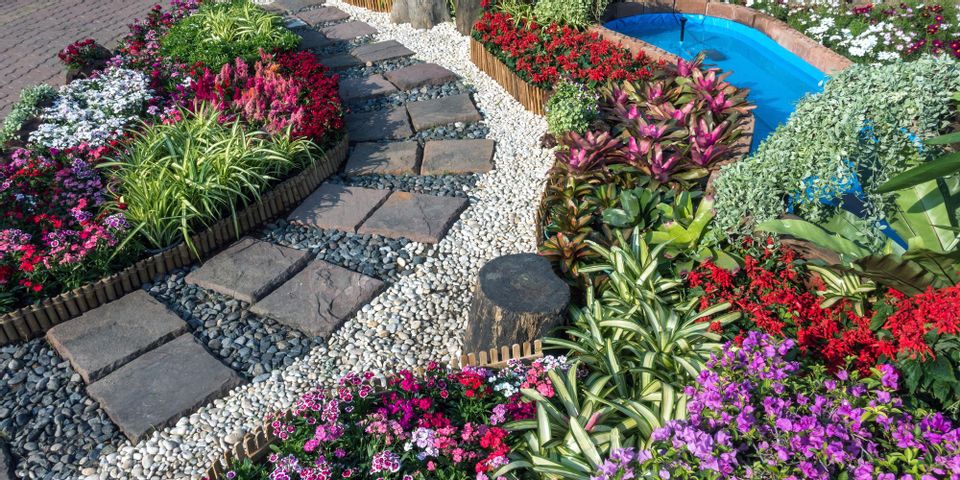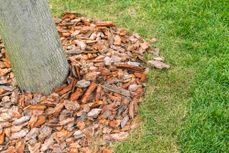
Nutrient-rich soil is the foundation for producing healthy plants and vibrant flowers. Landscapers say the proper amount and type of mulch can assist during the growth process. If you’re unfamiliar with when and how to apply this natural stimulant, here are a few do’s and don’ts to keep in mind.
Do:
Research the different types of mulch.
From bark and wood chips to pea gravel and organic compost, there are a variety of mulch options to choose from. Each has different uses such as weed control, water retention and erosion prevention. Do some homework to determine which one is ideal for its intended purpose in your yard.
Remove old mulch.
 Before applying a new layer, be sure to remove all old mulch. Landscapers say doing so will help maintain the soil’s health by allowing nutrients and water to filter through. Eliminating old mulch can also prevent root rot and provide enough oxygen for new seedlings and plants to thrive.
Before applying a new layer, be sure to remove all old mulch. Landscapers say doing so will help maintain the soil’s health by allowing nutrients and water to filter through. Eliminating old mulch can also prevent root rot and provide enough oxygen for new seedlings and plants to thrive.
Don’t:
Use the wrong amount.
Three inches of mulch is the general recommendation for a thorough covering. Apply too much and water, sunlight, and oxygen will struggle to get to the soil. If the layer is too thin, landscapers say the mulch won’t do the job of controlling weeds and retaining moisture.
Apply a base layer.
It’s not needed and may cause water runoff. That water is necessary to encourage plant growth. The mulch should come in direct contact with the soil for the best air, sunlight, and nutrient contact. You also don’t need to lay down a landscaping fabric before applying mulch.
By following a few tips, mulch can be a vital asset to your green spaces. For nearly 14 years, Lawn Innovations in Dayton, OH has beautifully transformed homes and businesses with customized landscaping services. What makes the team of lawn maintenance specialists unique is their extensive knowledge of design and installation techniques and impeccable attention to detail. To learn about their services and receive a free estimate, call (937) 626-0406 or visit the website.
About the Business
Have a question? Ask the experts!
Send your question

